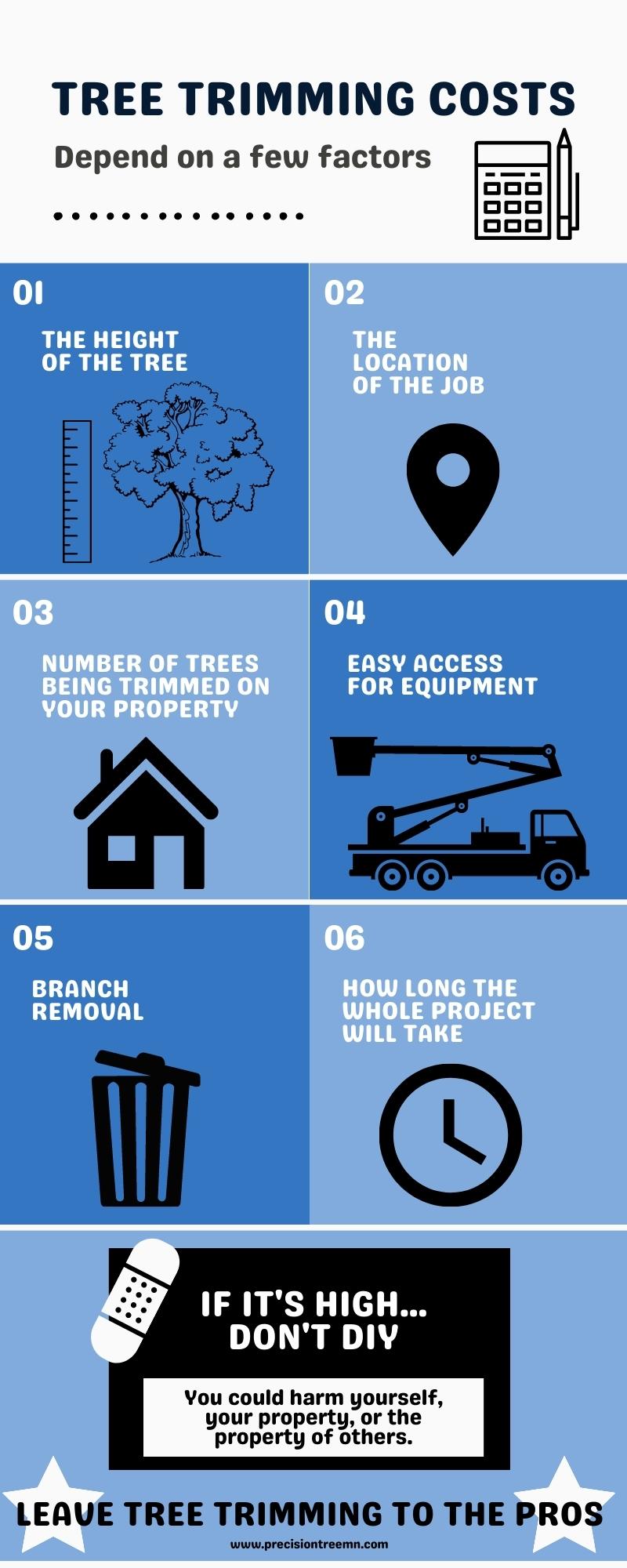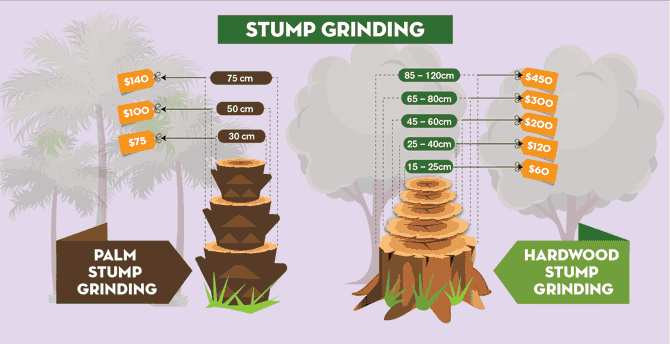Featured
Table of Contents
- – Basic Stump Grinding Packages In Keene, TX: Pr...
- – How To Avoid Overpaying For An Tree Cutting In...
- – Keene, TX Tree Cutting Maintenance Fees
- – Compare Stump Removal Prices In Keene, TX
- – Business Tree Service Pricing In Keene, TX
- – Keene, TX Tree Service Honest Pricing
- – Keene, TX Tree Removal: Price Range
- – Keene, TX Arborist: All-Inclusive Pricing
- – Green Tree Cutting Costs In Keene, TX
- – What Do Keene, TX Stump Grindings Charge
- – Keene, TX Stump Removal Cost Trends
- – Keene, TX Tree Trimming Cost Guide
- – Trusted Stump Removal In Keene, TX: Reviews
- – How Much Does A Tree Cutting Cost In Keene, TX
- – Keene, TX Stump Removal: Affordable Solutions

The subsections below offer more detailed details about rates, including a typical range for each. TypeAverage Elimination CostPineConiferPalmMagnoliaArborvitaeAshCedarSweet GumEucalyptusSycamoreCypressOakMaplePoplar You can expect to pay in between to eliminate a pine, depending on its size. Removing a pine is one of the more inexpensive jobs unless it is one that has been around for years and is rather big.
Basic Stump Grinding Packages In Keene, TX: Pricing
Pines also have a tap root that grows deep into the soil, which can show to be harder to eliminate. The process itself involves a professional cutting the tree, clearing the base, cutting the surface roots, eliminating the stump, and lastly treating the soil. Without a professional hand, you run the risk of leaving pine seedlings behind, which will fall from the roots of distressed pines.
How To Avoid Overpaying For An Tree Cutting In Keene, TX
The U.S. national average for conifer elimination is around to have the conifer reduced, hauled away, and the stump ground or removed entirely. Conifers are generally simpler to remove, and even though they can grow rather tall, they do not cost a fortune to get rid of. Conifers consist of pine, spruce, fir, and juniper trees.
Keene, TX Tree Cutting Maintenance Fees
While conifers are stunning, they eliminate native plants and specific kinds of turf. This is because they need a great deal of water and nutrients to make it through, so they leach it off surrounding plants. They also have an expansive network of roots, which can impact your home's foundation. The average price of palm elimination depends upon the height as much as the type, ranging from.
Compare Stump Removal Prices In Keene, TX
That is why it is crucial to understand which type you are removing. While you do not require an herbicide to kill a palm tree, there are some steps your removal specialist will need to require to ensure the job is done properly. There are two methods they can eliminate them: by chopping them down or digging them up.
Business Tree Service Pricing In Keene, TX
From there, they remove the actual tree and then the stump. Expect to pay between to eliminate this type of tree, depending on the exact size and information of the task.
Keene, TX Tree Service Honest Pricing
There are three types: green, white, and black ash. With its gray-tinged bark, its leaves are green or purple in the spring and golden yellow or purplish-red in the fall.
Keene, TX Tree Removal: Price Range

Due to the variation in height, the removal rate variation is large from. A coniferous, evergreen tree, the cedar is a sturdy species.
Keene, TX Arborist: All-Inclusive Pricing
The development of false cedars varies from 50 feet as much as 230 feet high. Homeowners might pay anywhere from, depending on the roots. With star-shaped leaves and stunning fall colors, the sweet gum is thought about a medium to big tree. Taking pleasure in complete sun, the sweet gum can not endure contamination.
Green Tree Cutting Costs In Keene, TX
It has a huge root base of 40 to 50 feet, which affects the elimination expense. Normally, it costs between to remove a eucalyptus. Eucalyptus are not common everywhere, however they are rather large compared to others, which is why even the smaller ones are so pricey to get rid of. Initially from Australia, eucalyptus are invasive plants that grow in thick groves that secure native plants.
What Do Keene, TX Stump Grindings Charge
There are a handful of ways to do this, consisting of burning, pulling, grinding, or killing them with herbicide. Anticipate to pay between to eliminate sycamores, based on the height, trunk size, and quantity of work involved. Sycamores are among the biggest wood trees, typically ranging from 60 to 100 feet high and as large as 15 feet.
Keene, TX Stump Removal Cost Trends
The very first two steps will expose the withins of the tree and cut off the flow of nutrients up the trunk. From there, an expert uses herbicide to eliminate the tree and cuts down the trunk.
Keene, TX Tree Trimming Cost Guide
There are several kinds of Cypress trees, but the most prevalent are the Leyland, Arizona, Bald, and Italian. The Bald Cypress grows in swampy or really moist areas while the others enjoy a dry, warm, or hot climate (tree trimming). They can grow as high as 80 to 100 feet tall
Trusted Stump Removal In Keene, TX: Reviews

Prone to illness, the Cypress is one of the most treasured woods for furniture. The average oak grows to around 60 feet, and depending upon the complexity of the removal, it costs approximately to eliminate. The precise size of your oak and the effort needed to fell it impact what you will in fact spend for elimination together with any extra services like stump grinding.
How Much Does A Tree Cutting Cost In Keene, TX
Access to the trees and the roots will likewise affect the total expense. Maples can quickly mature to 100 feet or more and normally cost in between to eliminate from your property. The final rate depends on the real height and complexity of the task. Maples are generally among the more expensive trees to get rid of because of their size and the work involved in the removal.
Keene, TX Stump Removal: Affordable Solutions
Growing as high as 90 to 115 feet, these massive woods are generally found in North America and include the aspen, cottonwood, and balsam trees. The process to get rid of trees involves all the cutting and cutting of the branches and trunk, bringing it down to a stump.
Table of Contents
- – Basic Stump Grinding Packages In Keene, TX: Pr...
- – How To Avoid Overpaying For An Tree Cutting In...
- – Keene, TX Tree Cutting Maintenance Fees
- – Compare Stump Removal Prices In Keene, TX
- – Business Tree Service Pricing In Keene, TX
- – Keene, TX Tree Service Honest Pricing
- – Keene, TX Tree Removal: Price Range
- – Keene, TX Arborist: All-Inclusive Pricing
- – Green Tree Cutting Costs In Keene, TX
- – What Do Keene, TX Stump Grindings Charge
- – Keene, TX Stump Removal Cost Trends
- – Keene, TX Tree Trimming Cost Guide
- – Trusted Stump Removal In Keene, TX: Reviews
- – How Much Does A Tree Cutting Cost In Keene, TX
- – Keene, TX Stump Removal: Affordable Solutions
Latest Posts
Top Tree Trimming FAQs In Princeton, NJ Answered
Glenvar Heights, FL Arborist Installation Cost Guide
Indiantown, FL Tree Removal Going Rates
More
Latest Posts
Top Tree Trimming FAQs In Princeton, NJ Answered
Glenvar Heights, FL Arborist Installation Cost Guide
Indiantown, FL Tree Removal Going Rates